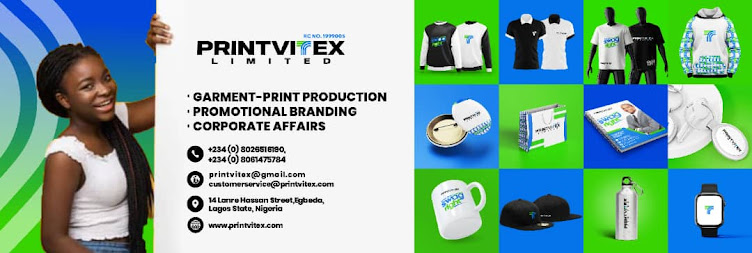In a world where the garment-printing and promotional merchandise industry is saturated with countless options, complex supply chains, and subpar service delivery, it's essential to find a better way to stand out and make a lasting impression. In this article, we will explore the power of promotional merchandise in creating memorable events that leave a positive and enduring impact on attendees. Let's dive in and discover how to make your events unforgettable with thoughtful swag!
- Understanding the Importance of Promotional Merchandise: Promotional merchandise plays a pivotal role in event marketing and brand engagement. It serves as a tangible reminder of the event, transforming attendees into walking advertisements for your brand. By choosing the right items and customizing them with your brand's logo and message, you can leave a lasting impression that extends far beyond the event's end date.
- Choosing the Right Items for Your Event: The key to creating impactful promotional merchandise lies in understanding your event's goals and the preferences of your target audience. Consider practicality and relevance when selecting items. Custom apparel like t-shirts, hoodies, and caps are always crowd-pleasers, but you can also explore unique options such as eco-friendly products, tech gadgets, or reusable water bottles. By aligning the merchandise with your event's theme and attendees' interests, you ensure they will cherish and use the swag for a long time.
- The Power of Personalization: Personalization goes a long way in making attendees feel valued and appreciated. When possible, go beyond simply imprinting your logo and include the recipient's name or a unique identifier. This extra touch shows that you put thought and effort into the promotional merchandise, elevating the overall experience for your attendees.
- Quality Over Quantity: In a market flooded with cheap and low-quality options, prioritize quality over quantity. Opt for durable and well-crafted items that reflect the values of your brand. High-quality merchandise not only leaves a better impression on attendees but also ensures that your brand's message stays visible for an extended period, reinforcing the event's impact.
- Engaging Through Interactive Swag: Promotional merchandise can serve as a powerful tool to engage event attendees. Consider integrating interactive elements into the swag, such as QR codes leading to exclusive content, social media challenges, or gamification features. Interactive swag encourages participation, enhances the event experience, and fosters a sense of community among attendees.
- Sustainability and Eco-Friendly Options: In a world increasingly conscious of environmental issues, opting for eco-friendly promotional merchandise demonstrates your brand's commitment to sustainability. Eco-conscious choices like recycled materials, organic fabrics, and reusable products resonate with attendees and align your brand with their values.
Bottomline:
In a competitive landscape, making a lasting impression on event attendees requires thoughtful planning and the right promotional merchandise. By understanding your audience, choosing relevant and high-quality items, and embracing personalization and sustainability, you can elevate your events to new heights. At Printvitex Limited, we are committed to simplifying the process of garment-print production and promotional merchandise, so you can focus on creating unforgettable events that leave a positive impact on your attendees.
Let us help you make your next event a memorable success!


.jpeg)
.jpeg)
.jpeg)










